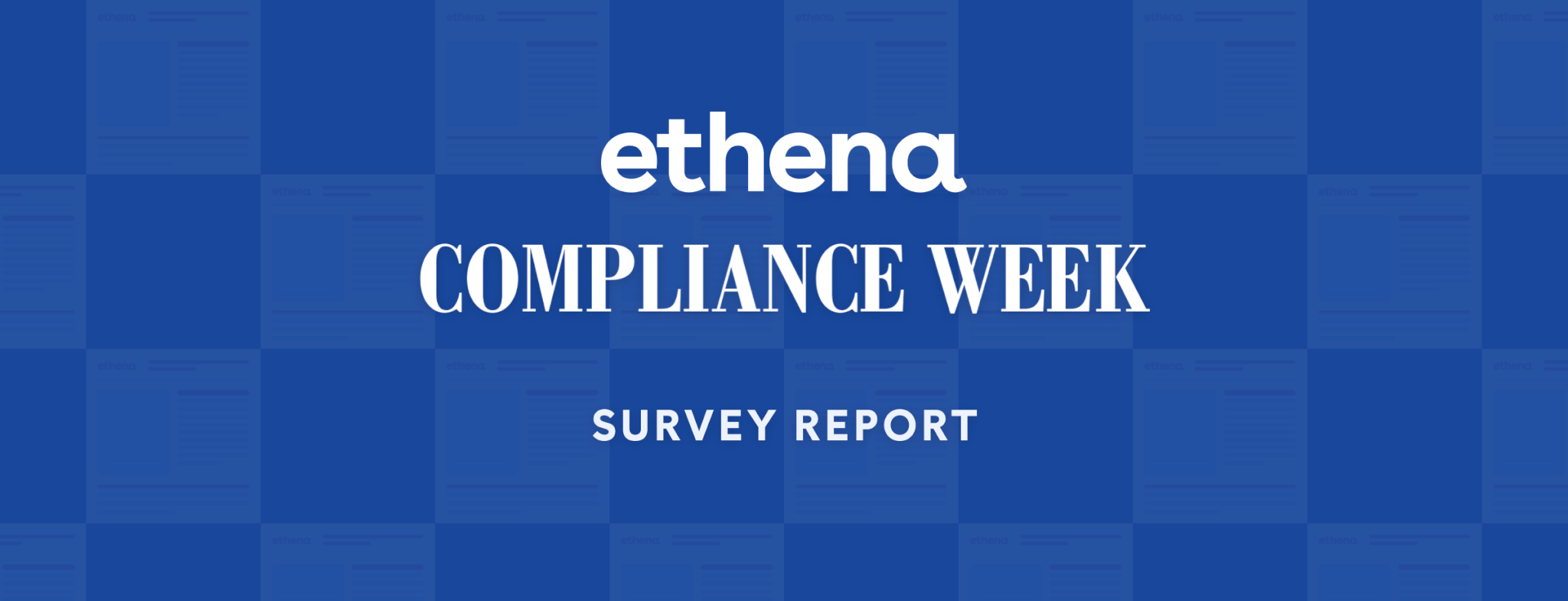Affinity bias is a type of unconscious bias where we favor people who look, act, and think like we do.
So, who did you eat lunch with at work today (or the last time you were in the office)? If you’re like most people, you tend to eat lunch with people like you. Maybe they’re on the Sales team with you, you like the same group fitness class (Crossfit anyone?), or you have similar opinions about The Patriots.
It's human nature to gravitate towards people with common interests or backgrounds, and to favor people like us. But it's called affinity bias when we base decisions or our assessments of people on how much they're like us.
In the workplace, being exclusive and only surrounding yourself with similar people can disadvantage other groups such as LGBTQ+, individuals with disabilities, and people of color, for example, by leaving them out of opportunities for advancement, and can even lead to discrimination. Affinity bias can also contribute to a more homogeneous culture absent of diverse views, ideas, and backgrounds.
What is affinity bias?
Affinity bias, also called similarity bias, is when certain people get favorable treatment because they think, look, and act as we do. Affinity bias is considered an implicit or unconscious bias, meaning it influences a person’s behavior without their being aware of it.
Affinity bias can be based on anything, including superficial characteristics like the same hair color, owning cats, or being superfans of the same sports team. An affinity bias could be based on:
- Gender
- Physical appearance
- Sexual orientation
- Religion
- Ethnicity
- Educational background
- Geographic origins
- Age
- Political beliefs
Affinity bias and discrimination
At its core, affinity bias assumes that “they're like me, so they must be good/competent/something else positive.” Favoring people we feel have shared interests, educational backgrounds, or other strong connections essentially creates an “in-group,” who might receive favorable treatment. On the flip side, those who are different might become part of an “out-group.”
If a person’s affinity bias leads to discriminatory behavior against those who differ from them on the basis of age, race, gender, or physical disability status, then a bias could lead to unlawful discrimination against protected classes.
A key differentiation between affinity bias and discrimination is: Affinity bias is seen as a bias in favor of while discrimination is against a group or class of people. However, a bias in favor of one type of person can lead to discriminatory behavior against people who do not fit that mold.
5 Ways affinity bias can show up in the workplace
Affinity bias can emerge in many ways in the workplace, from hiring to performance management to pay. Five ways it can show up in the workplace are:
1. Candidate screening
In the candidate screening process, hiring managers may have an affinity bias for candidates whose names sound more like theirs. Consider this: Nearly 71 percent of managers are white in the United States, according to the hiring data firm Zippia. Research has also found that applicants with white-sounding names are 50% more likely to get interviews than those with Black sounding names—even when the résumés had identical qualifications. This could suggest that affinity bias among managers can lead to preferential treatment for those with names that sound like theirs.
2. Hiring
Affinity bias towards people in one’s same age group can surface when it comes to hiring decisions. For example, in industries where managers skew young, hiring managers could show affinity bias for younger applicants. Age-driven affinity bias shows up in the tech industry: A survey of tech founders discovered that 89 percent feel the tech industry has an age bias problem. Findings showed that investors prefer founders to be younger, so capital gets harder to acquire once founders reach age 46.
3. Performance management
Most supervisors have a favorite on their team. Maybe it's based on an affinity with a team member who shares the same cultural background or the person that reminds them of a younger version of themselves. But if that person is accused of bullying another team member, how is it handled? If the manager minimizes their behavior or dismisses the criticism, it could be because their affinity for that person is creating a “halo effect.” That's when we extend our positive impression of a person to all situations, even when it's not warranted.
The reverse can be true, too, which is called the “horn effect.” If we feel less aligned with a team member from a different background, and they have a performance issue, they're likely to be judged more harshly.
4. Employee satisfaction
Favoritism can also impact employee retention and job satisfaction. One key to retaining employees is making sure that they feel appreciated, have career growth opportunities, and are being treated fairly. Sometimes, a team leader might feel more affinity or closeness with certain team members—perhaps because they’re both new moms or grew up in the same hometown—and starts to show preferential treatment. If these employees are always chosen for plum projects or given a pass when they repeatedly show up late, employees notice this different treatment.
Resentment over favoritism can grow, causing a valuable team member to check out mentally, miss work, or quit because they feel like they'll never be rewarded for their efforts and contributions.
5. Company innovation
Have you ever heard someone say they hire based on culture fit? A vague concept at best, cultural fit is a way of saying they want to work with people like them. That’s given rise to workplace cultures that can be unwelcoming for women in the workplace, people of color, and older workers. Many companies have paidmultimillion-dollar settlements in high-profile age, race, and gender discrimination lawsuits. Besides the reputational damage, fostering a "group think" environment stifles innovation and hurts the bottom line. A McKinsey study found that companies that nurture diverse teams are more profitable.
How to avoid affinity bias at work
There are several key steps people can take to help make decisions based on facts—and not affinities—in the workplace.
Standardize the hiring process
A well-documented, standardized hiring process can eliminate opportunities for affinity bias.
- Anonymize resumes. To nip affinity bias stemming from familiar-sounding names in the bud, you might consider having recruiters anonymize resumés for hiring managers. If you’re using LinkedIn, for example, you can also choose to turn off profile pictures to avoid affinities based on appearance.
- Skills tests over talk. Skills tests can be more helpful than conversation or first impressions when evaluating a candidate’s abilities. For example, an engineering candidate's performance on a whiteboard coding exercise, where they solve a problem by writing software code during the interview, will uncover how qualified they are for the job. That way, the hiring manager's decision is less likely to be swayed by learning an applicant went to the same college.
- Have a diverse interview panel. If a hiring panel is diverse, it’s more likely to evaluate candidates fairly and hire for skills instead of being influenced by one person’s affinity biases.
Make sure everyone gets to shine
Root out favoritism in management by encouraging leaders to maximize the talents and contributions from the entire team, not just a few favorites that they feel similar to. If there’s someone who doesn’t often speak up in meetings, give them opportunities to share their opinions. Make sure cross-functional teams and diverse team members get chosen for special projects and committees so people make connections outside their affinity groups.
Final thoughts
The first step to reducing affinity bias is acknowledging that it exists. From there, company policies and practices can help eliminate favoritism and broaden access to opportunities for all. By stopping to examine our opinions about coworkers or job candidates, we can all counter affinity bias and help create a diverse and inclusive workplace—and maybe, even make a new friend or two.
Ethena is a modern compliance training platform that delivers current, cringe-free content that employees actually enjoy. Our course on Diversity, Equity, and Inclusion brings the complexities of bias to life through thoughtful real-world examples, dynamic multimedia, and actionable next steps. Talk to a member of our team to see if Ethena is right for your company.









